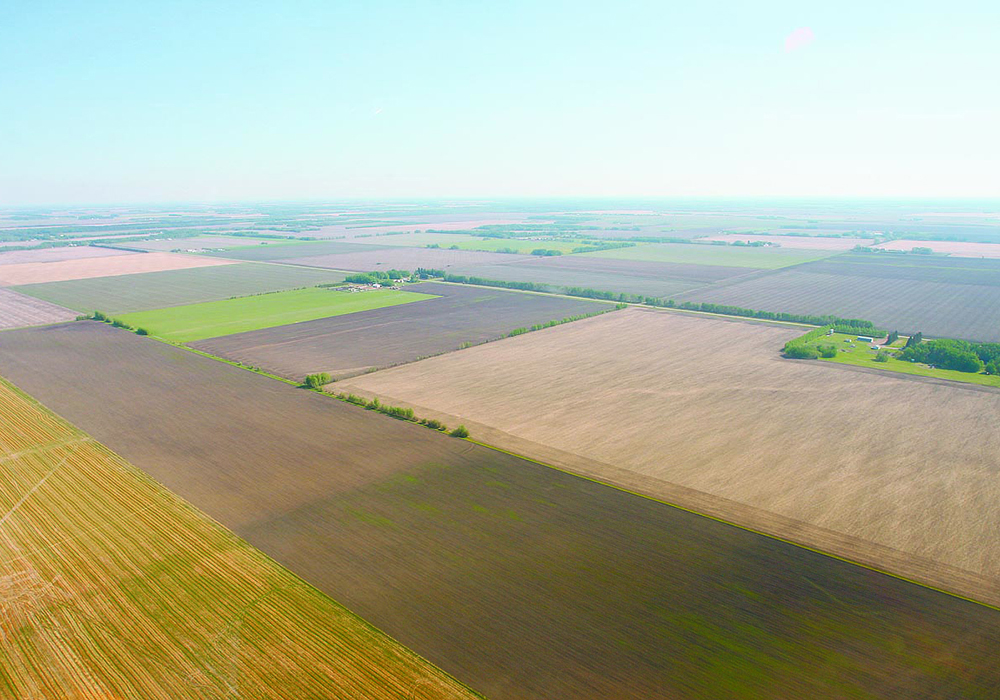REGINA — Canadian finance minister Chrystia Freeland tabled a notice of motion June 10 to change the capital gains inclusion rate.
The Notice of Ways and Means motion follows an announcement in the April budget that the change was coming. Legislation is to follow.
Ottawa intends to increase the rate from one-half to two-thirds on capital gains realized annually above $250,000 by individuals and on all capital gains realized by corporations and most trusts.
Read Also

Using artificial intelligence in agriculture starts with the right data
Good data is critical as the agriculture sector increasingly adopts new AI technology to drive efficiency, sustainability and trust across all levels of the value chain.
The government said this will deliver greater tax fairness. It will also raise $19.4 billion over five years, which it said will be used to build about four million new homes.
Freeland said Canada could take on more debt to do this, but “that would place an unfair burden on the younger generation.”
The new rate is to take effect June 25 despite concern from several economic sectors including agriculture.
Canadians will still not pay capital gains tax when selling their homes.
“The tax changes do not apply to the first $250,000 of capital gains every single year,” Freeland said.
This threshold will ensure individuals earning modest capital gains benefit from the current rate, the government said. Capital gains on the sale of a property such as a cottage will be eligible for the annual threshold.
The lifetime capital gains exemption will rise to $1.25 million from the current $1,016,836 on the sale of farms and small business shares.
“With this increase Canadians with eligible capital gains below $2.25 million will pay less tax and be better off,” the government said.
Monday’s announcement included the new Canadian Entrepreneurs’ Incentive, which will reduce the inclusion rate to one-third on a lifetime maximum of $2 million in eligible capital gains.
“In the end we estimate that only 0.13 percent of Canadians with an average annual income of $1.4 million will be affected by this change in any given year,” said Freeland.
The inclusion rate has fluctuated over the years, from 50 percent between 1972 and 1987 to 66.67 percent in 1988. In 1990 it rose to 75 percent, dropped to two-thirds for about six months in 2000 and has been one-half ever since.
















